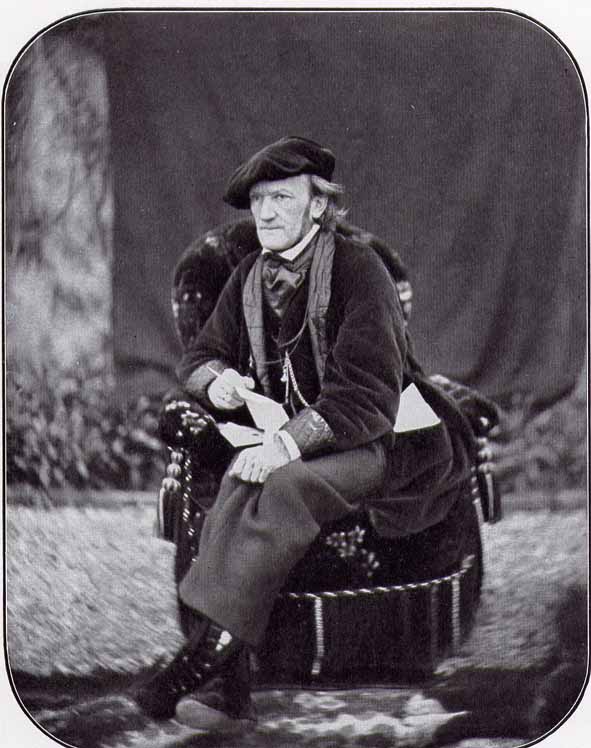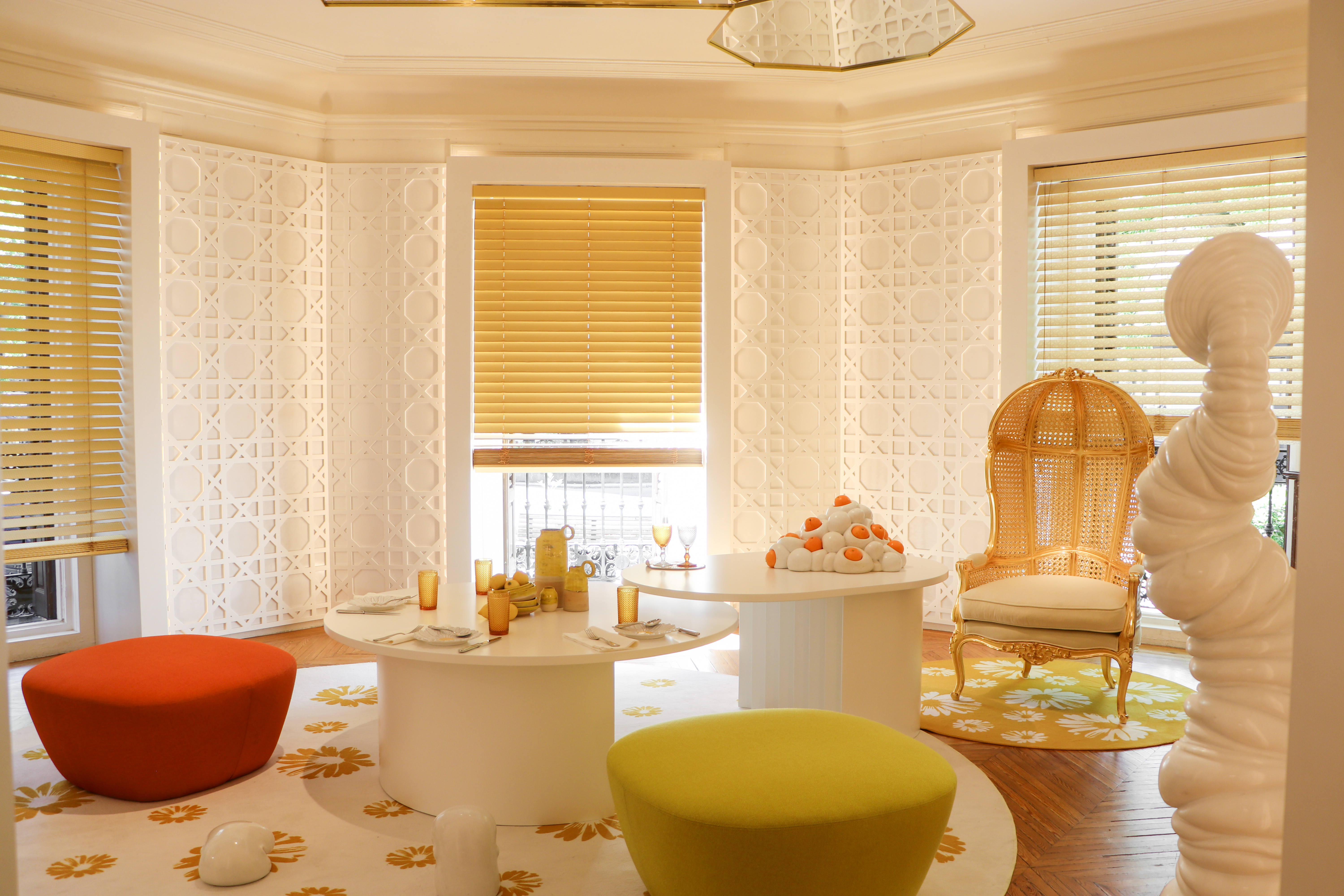¿Está todo inventado en el arte? Obra de Arte Total como solución / Is everything invented in art? Total Work of Art as a solution

*(English below)
La unión de diferentes disciplinas artísticas ha sido una búsqueda constante entre los artistas a lo largo de la historia. Desde la Galería Ana Serratosa en Valencia consideramos que esta tendencia se ha visto mucho más potenciada durante el último siglo, donde no paramos de escuchar frases como “ya está todo inventado”, y es la unión entre pintura, escultura, arquitectura, poesía, música y danza lo que ofrece al espectador el disfrute de una nueva experiencia
Es evidente que los beneficios que nos producen las artes son infinitos, como hacernos viajar a otros mundos, imaginarnos nuevas realidades, al mismo tiempo que nos obliga a mirar de manera crítica y más objetiva la realidad que representa.
Y si todas las artes, por separado, nos generan este tipo de sentimientos, es lógico pensar que la unión de las mismas podría potenciar todavía más esas emociones.
El concepto de “Obra de arte total” y sus principales manifestaciones
Ya en la antigüedad contamos con testigos de cómo las artes siempre han estado relacionadas. El primer ejemplo que nos viene a la mente son aquellas representaciones de la tragedia Griega, en la antigua Grecia, donde se recitaba poesía, se danzaba y la música acompañaba a estos eventos, siempre en escenarios tan majestuosos como eran los teatros y anfiteatros, que gracias a su calidad arquitectónica han sobrevivido hasta el presente, permitiéndonos no solo admirarlos, sino aprender de ellos.
El compositor alemán Richard Wagner acuñó el término ”Gesamtkunstwerk”, que se podría traducir como “Obra de Arte Total”, y reafirmaba la importancia de la tragedia griega como precursora de este concepto.

Más adelante, serían muchos los artistas que desarrollarían su propia interpretación de lo que para ellos sería la obra de arte total. Uno de los ejemplos más representativos lo encontramos de la mano de Walter Gropius, fundador de la Bauhaus, que propuso la creación de la conocida como “Catedral del futuro”, donde se daban cita todas las formas de arte posibles, dando lugar a ese concepto de obra de arte total.
La arquitectura, mezclada con otras artes, es quizás, donde más podemos encontrar representaciones de diferentes artes que, unidas, crean nuevas experiencias al espectador
La conocida como “Red House” del artista inglés William Morris, y construida por el arquitecto Philip Webb es un claro ejemplo donde podemos ver como la arquitectura no solo cumple la función de albergar el resto de artes, sino que se crea para ello.

La función de este edificio era crear un espacio donde disfrutar de las artes, así como de crear belleza. Morris y su círculo cercano se reunían en esta casa para debatir sobre la belleza y el arte, oponiéndose a la industrialización patente en la época (segunda mitad del s.XIX). Además de esto, los muebles también estaban diseñados para ser albergados en esta casa, ya que mantenían una estética similar al resto del edificio.
Esta idea de amueblar la casa siguiendo el mismo estilo arquitectónico es una idea que se retomó posteriormente por los arquitectos americanos del s.XX. En obras como la famosa “Casa de cristal” de Philip Johnson los muebles fueron concebidos para mantener el mismo estilo ligero, industrial y minimalista que rodea a toda la construcción.
En otro caso más cercano a la actualidad, tenemos el ejemplo de Mark Rothko, que, junto al arquitecto Philip Johnston principalmente, fusionaron pintura y arquitectura en 1971 para ofrecer la “Capilla Rothko”, un lugar concebido para la meditación, sin ninguna religión en particular, para que cualquier persona pudiese disfrutar del espacio.

Gracias a estos ejemplos, vemos como la mezcla de disciplinas artísticas es una buena comunión, que solo hace que brindarnos nuevas maneras de concebir el arte en todo su esplendor.
La interdependencia entre disciplinas actualmente
Desde la Galería Ana Serratosa, lanzamos en 2020 el proyecto “Cabillers 2020: Intimidades Colectivas”, donde artistas multidisciplinares se daban cita dentro de un proyecto de arquitectura (la rehabilitación de un edificio del centro de València) para combinar distintas artes.
Por su parte los alemanes Venske & Spänle aportaban la escultura, así como Bernardí Roig, que le daba un toque más teatral; Javier Riera, con sus instalaciones lumínicas nos mostraba también nuevas maneras de intervenir espacios sin quitar protagonismo al edificio, así como Bob Verschueren, que acompañado por otra disciplina artística, los poemas de Dominique Sintobin, deja que la naturaleza invada el edificio; Jose Luis Albelda aprovecha los huecos del ascensor para transformarlos en pequeñas capillas que invitan a la meditación mediante su intervención con pan de oro y plata; y finalmente Shirin Salehi, que aprovecha la historia del edificio para hacer una instalación con cerámica, así como recitando poesía.

De otra manera totalmente distinta, la unión entre otras disciplinas como el diseño y el interiorismo junto con la escultura, ha dado como resultado la instalación en la Calle Villanueva 13 de Madrid, en el showroom de Viabizzuno, donde Veronica Montijano, interiorista y diseñadora, ha creado un escenario bautizado como “Bain de Soleil”, donde se entra a un espacio que recrea un agradable picnic en la campiña francesa. En dicha escena, encontramos a los Smörfs, curiosos, acercándose a la mesa e interactuando con toda la habitación para invitarnos a formar parte de él.
De este modo podemos concluir que la unión de disciplinas artísticas, como la escultura, la poesía o la arquitectura, nos ofrecen ampliar nuestro campo de visión, ya que se potencian las unas a las otras y hacen que nuestra experiencia sea mucho más completa en cuanto a disfrutar de las artes.
The union of different artistic disciplines has been a constant search among artists throughout history. From the Ana Serratosa Gallery in Valencia we consider that this trend has been much more enhanced during the last century, where we do not stop listening to phrases like "everything is already invented", and is the union between painting, sculpture, architecture, poetry, music and dance offering the viewer the enjoyment of a new experience
It is evident that the benefits of the arts are infinite, like making us travel to other worlds, imagining new realities, at the same time forcing us to look critically and more objectively at the reality it represents.
And if all the arts, separately, generate this kind of feelings, it is logical to think that the union of them could further enhance those emotions.
The concept of "Total work of art" and its main manifestations
In ancient times we have witnesses of how the arts have always been related. The first example that comes to mind are those representations of the Greek tragedy, in ancient Greece, where poetry was recited, danced and music accompanied these events, always in scenarios as majestic as the theaters and amphitheaters, that thanks to their architectural quality have survived to the present, allowing us not only to admire them, but to learn from them.
The German composer Richard Wagner coined the term "Gesamtkunstwerk", which could be translated as "Total Work of Art", and reaffirmed the importance of the Greek tragedy as a precursor to this concept.

Wagner tried to combine all the elements in the operas he composed, being the most representative of this idea his work "The Gold of the Rhine" (1869).
Later, many artists would develop their own interpretation of what would be the total work of art for them. One of the most representative examples is found in the hand of Walter Gropius, founder of the Bauhaus, who proposed the creation of the so-called "Cathedral of the future", where all possible art forms were given, giving rise to that concept of total work of art.
The architecture, mixed with other arts, is perhaps, where more we can find representations of different arts that, united, create new experiences to the spectator
The so-called "Red House" of the English artist William Morris, and built by the architect Philip Webb is a clear example where we can see how architecture not only fulfils the function of housing the rest of the arts, but is created for it.

The function of this building was to create a space where to enjoy the arts as well as to create beauty. Morris and his inner circle gathered in this house to debate beauty and art, opposing the patent industrialization at the time (second half of the 19th century). In addition to this, the furniture was also designed to be housed in this house, as they maintained an aesthetic similar to the rest of the building.
This idea of furnishing the house following the same architectural style is an idea that was later taken up by the American architects of the twenty. In works such as the famous "Glass House" of Philip Johnson the furniture was conceived to maintain the same light style, industrial and minimalist surrounding the entire construction.
In another case closer to the present, we have the example of Mark Rothko, who, together with the architect Philip Johnston mainly, fused painting and architecture in 1971 to offer the "Rothko Chapel", a place designed for meditation, without any particular religion, so anyone could enjoy the space.

Thanks to these examples, we see how the mixture of artistic disciplines is a good communion, which only gives us new ways of conceiving art in all its glory.
The interdependence between disciplines today
From the Ana Serratosa Gallery, we launched in 2020 the project "Cabillers 2020: Collective Intimidations", where multidisciplinary artists came together within an architectural project (the rehabilitation of a building in the center of Valencia) to combine different arts.
For their part the Germans Venske & Spänle provided the sculpture, as well as Bernardí Roig, which gave it a more theatrical touch; Javier Riera, with his lighting installations also showed us new ways of intervening spaces without removing prominence to the building, as well as Bob Verschueren, who accompanied by another artistic discipline, the poems of Dominique Sintobin, lets nature invade the building; Jose Luis Albelda takes advantage of the holes in the elevator to transform them into small chapels that invite meditation through his intervention with gold and silver bread; and finally Shirin Salehi, who takes advantage of the history of the building to make an installation with ceramics, as well as reciting poetry.

Otherwise totally different, the union between other disciplines such as design and interior design together with sculpture, has resulted in the installation in Calle Villanueva 13 in Madrid, in the showroom of Viabizzuno, where Veronica Montijano, interior designer and designer, has created a stage baptized as "Bain de Soleil", where you enter a space that recreates a pleasant picnic in the French countryside. In this scene, we find the curious Smörfs approaching the table and interacting with the whole room to invite us to be part of it.

In this way we can conclude that the union of artistic disciplines, such as sculpture, poetry or architecture, offer us to expand our field of vision, because they enhance each other and make our experience much more complete in terms of enjoying the arts.
